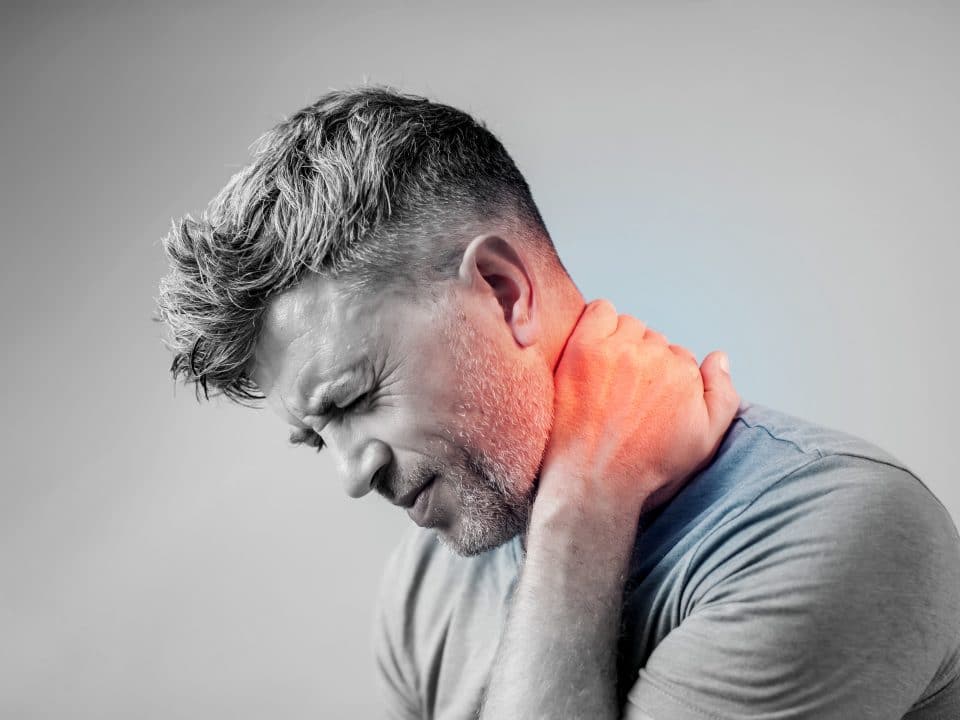Physiotherapy & Minor Sports Injuries: Does It Work?

The Benefits of Exercise For Your Bone Health
February 4, 2019
Golf and Rotator Cuff Injuries: What You Need to Know
April 12, 2019Physiotherapy is commonly used after major injuries or surgeries. At least that’s the dominant perception. But what people don’t recognize is that physiotherapy can also work wonders for minor sports injuries. You don’t need to have a knee replacement or fracture to merit physio! Your physiotherapist can help to determine the degree of injury and how to best balance the appropriate amount of rest/activity to facilitate the fastest recovery possible.
It’s also important to recognize that physiotherapy can encompass a wide range of treatments. For instance, most minor sprains or injuries require little more than what’s known as PRICE therapy.
Protection – protect the affected area from any further injury.
Rest – avoid exercise or too much strenuous activity immediately after your injury, and use any aids necessary to alleviate strain, such as crutches, a cane, or a sling.
Ice – Ice the affected area every two to three hours for approximately 15 – 20 minutes at a time. Wrapped in a towel, of course. Don’t expose your skin directly to the ice to protect against ice burn.
Compression – Use compression bandages during the daytime to help decrease swelling.
Elevation – Keep the injured area raised as much as possible which can also help relieve some swelling.
Most minor injuries can be treated completely with the PRICE method. However, for other instances, there are more physiotherapy techniques you can try at home to get your sprained, strained, or pulled area back in fighting form.
Physio for Sprains
It’s important to start range-of-motion exercises almost immediately, and of course to the best of your ability. For example, one simple exercise to perform after an ankle sprain is to try tracing the alphabet in the air with your toes. Repeat this 2-3x/day. The goal is to maintain your range of motion and then begin to gently apply load to the injured tissues to help for a stronger recovery. Just as we load bones to make them stronger, injured tissues need to loaded to build strength. When you are through the initial acute phase your physiotherapist will prescribe specific exercises to help you load the injured tissues correctly. It will be soon time to add strengthening exercises into your routine once you’re able to stand without added pain or swelling, as well as balance and control exercises once you’re physically ready.
Physio for Strains
Strains happen when a muscle is put through more exertion than it can handle, causing tears in the muscle fibres. They’re generally categorized into three different grades of severity. Grade I, mild, wherein a limited amount of the muscle fibres are affected, and there’s no decrease in strength or range of motion. Grade II, moderate, where nearly half the muscle fibres have been torn, with significant pain and accompanied a decrease in strength and range of mobility. Finally, Grade III, a severe strain, where the muscle has been completely ruptured with severe pain and swelling, as well as a near total loss of muscle strength and range of motion.
Time will heal these injuries, however, your physiotherapist will help you identify the degree of injury and how to best return to your activities. Some of us are inclined to push too much too soon, and others rest far too long. After these injuries, there are often lingering muscle weaknesses that need to be addressed to prevent reinjury.
Midtown Physiotherapy is a Toronto physiotherapy clinic offering client-centred and evidence-based treatment to help you get back to what you love. We offer appointments at our Yonge and St. Clair location, as well as home services for those unable to come to us.




